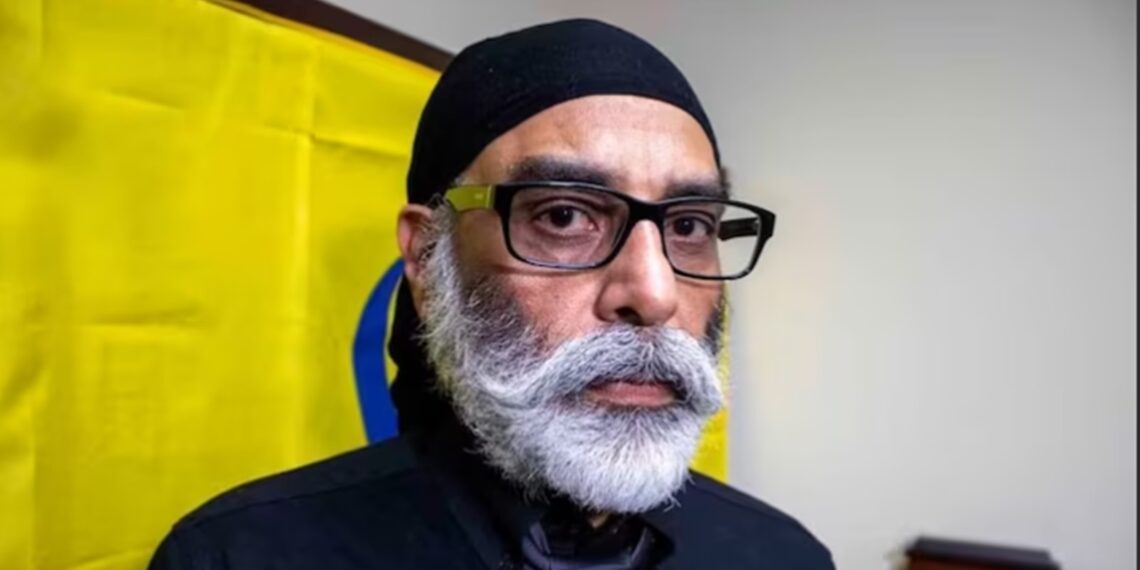The Research and Analysis Wing’s (RAW) “chain of command was fully in the picture” insofar as the 2023 ‘black’ operation to eliminate US-based Khalistani ideologue Gurpatwant Singh Pannun was concerned, according to a cross section of serving and retired officers of India’s external intelligence agency.
While there is no official word on the internal inquiry promised by the Indian authorities into the botched operation, following the submission of an indictment against one of the Indian conspirators by the US Justice Department in 2023, security sources admitted that a junior level RAW operative who “fronted” the entire move to get Pannun and other Khalistani ideologues killed was quietly repatriated to his parent service – the CRPF.
This RAW officer was recently identified by The Washington Post as Vikram Yadav – named as “CC-1” in the US Justice Department indictment — who had joined the intelligence agency when he held the rank of Assistant Commandant in the CRPF.
The RAW’s chain of command involves the Secretary, or the “Chief”, at the top, followed by two Special Secretaries, four Additional Secretaries and a host of Joint Secretaries.
According to sources familiar with the operational mishandling, “impatience” to eliminate Pannun and the pressure brought over the field operatives led to the botch-up which ultimately exposed most of the officers involved in the action.
In this context, they said that US intelligence is in possession of the details of all the RAW officers – in Delhi and elsewhere – who were involved in the plan to kill Pannun.
ALSO READ FBI chief Wray’s Delhi visit: More proof of Indian link in Pannun case in the offing?
But what has caused consternation in Indian intelligence circles is that the RAW’s Pannun cock-up exposed three critical failures.
First, the manner in which the operation was planned, including the near-total reliance on Nikhil Gupta to allegedly hire a hitman to assassinate Pannun, without a “deep” check on his background, was part of “weak trade craft”.
Secondly, these seasoned intelligence officers, who previously served in “hostile” environments as Pakistan and Afghanistan, questioned the “urgency” on the part of the “handling officer” to eliminate Pannun.
“Such black ops take months, if not years, to execute, but the RAW’s chain of command as also the upper echelons of the national security bureaucracy, wanted immediate results,” a former agency special secretary said.
Thirdly, serving as well as retired officers said that the “entire fiasco reveals that there was some degree of political pressure in terms of the expected outcome (assassination). But what is surprising is that this (political pressure) and the urgency to hit was not curbed within the organisation”.
The RAW’s Pannun botch-up comes slightly over seven years after another agency operative Kulbhushan Jadhav was nabbed on the Pakistan-Iran border for spying for India.
Jadhav continues to languish in a Pakistan prison even as little or no effort has been being made to secure his return home.
There is, however, one significant difference – While Jadhav’s case officer, a Deputy Secretary-rank officer was eased out within a year after the case was exposed, Vikram Yadav, much lowly-placed in the official hierarchy continues to remain in government job – in the CRPF.
“The two cases expose one thing – there is no accountability, either within the RAW or within the national security structure. In both the Kulbhushan Jadav and Vikram Yadav cases, there has been an effort to pin the blame on the alleged failures of the junior level operatives. The senior officers have successfully escaped strict scrutiny even as they must be answerable,” a former RAW Special Secretary said.















